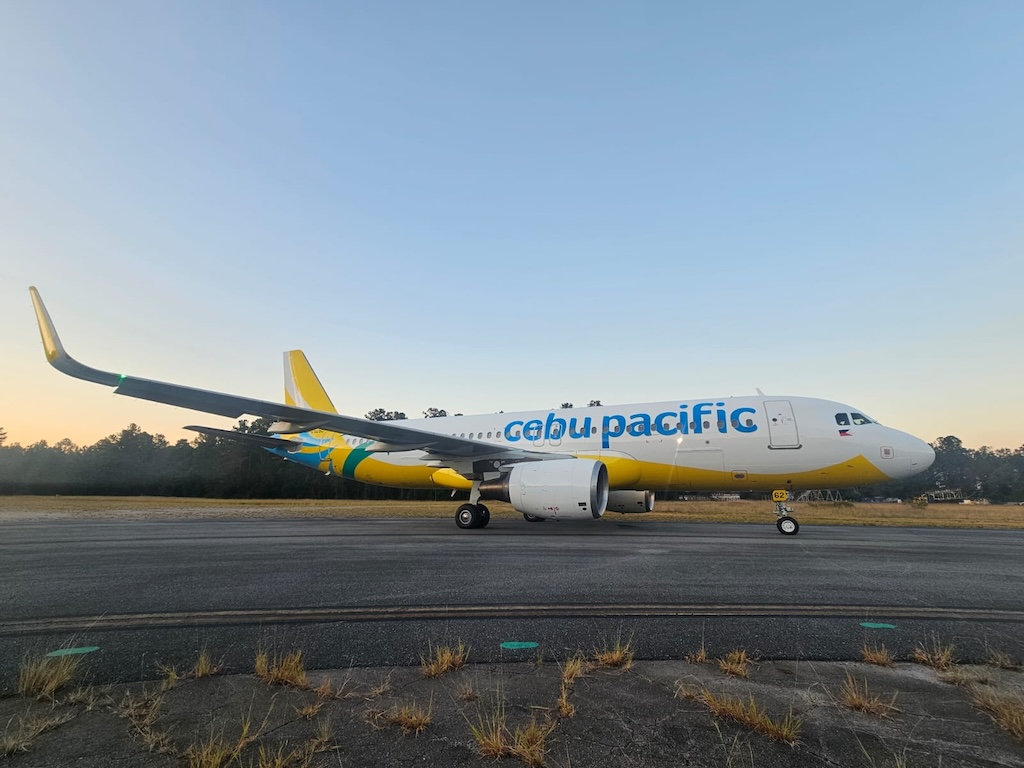Cebu Pacific added three new aircraft to its fleet in October, enhancing its capacity to meet the rising demand for air travel. The aircraft additions include two Airbus A321neos, delivered on 23 October 2024 and 30 October 2024, and an Airbus A320ceo, which joined the fleet on 28 October 2024. These latest arrivals mark Cebu Pacific’s fifteenth aircraft delivery in 2024, showing the airline’s commitment to both growth and sustainable operations.
The deliveries align with Cebu Pacific’s plans to increase flight frequencies and introduce new routes ahead of the anticipated peak holiday travel season in December. “We’re excited to expand our fleet with these additional aircraft ahead of the peak travel season in December. These deliveries are a key part of our continuous efforts to expand routes and enhance our service, allowing us to better serve the increasing number of travelers,” according to Cebu Pacific President and Chief Commercial Officer Xander Lao.
The Airbus NEO (New Engine Option) models represent some of the latest advancements in aviation technology. These aircraft consume 15% less fuel per flight than their predecessors, a reduction that directly translates to lower carbon emissions and reduced noise pollution, aligning with Cebu Pacific’s sustainability goals.
In a related milestone, Cebu Pacific signed a record-breaking purchase agreement earlier in October 2024 with Airbus and Pratt & Whitney, a subsidiary of RTX, to acquire up to 152 A321neo aircraft. Equipped with the advanced Pratt & Whitney GTF™ engines, the deal, valued at around US$24 billion (PHP1.4 trillion), is the largest single aircraft order in Philippine aviation history. This agreement highlights Cebu Pacific’s intention to modernize its fleet and support future growth in air travel.
As of now, Cebu Pacific operates one of the youngest and most diversified fleets globally, which includes nine Airbus A330s, 40 Airbus A320s, 24 Airbus A321s, and 15 ATR turboprops. This extensive fleet allows Cebu Pacific to maintain the most comprehensive domestic network in the Philippines while also expanding its international routes.



